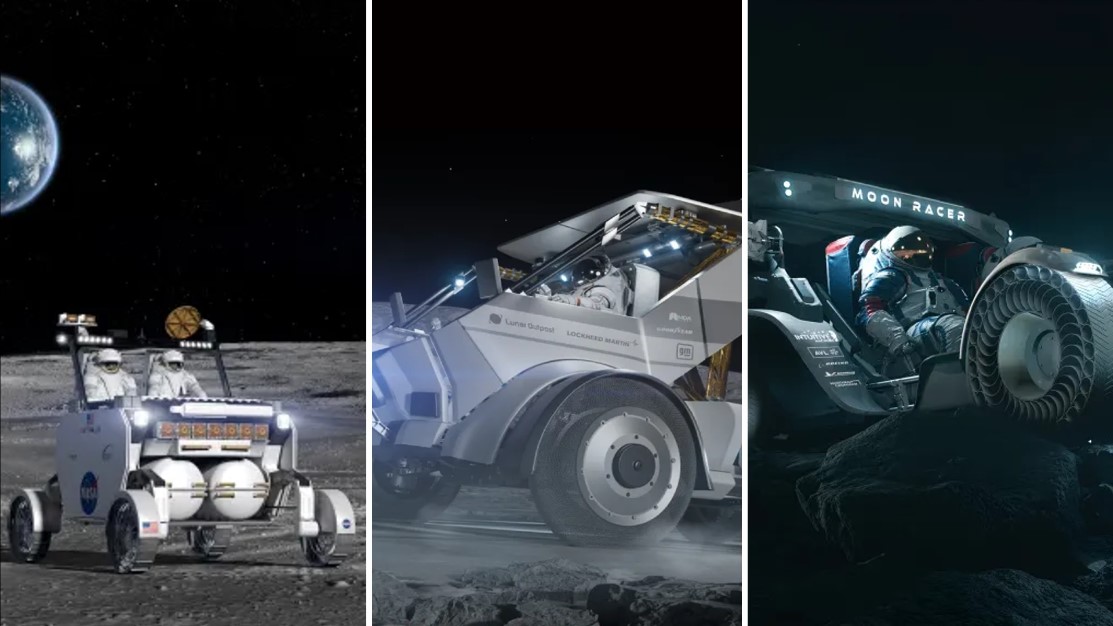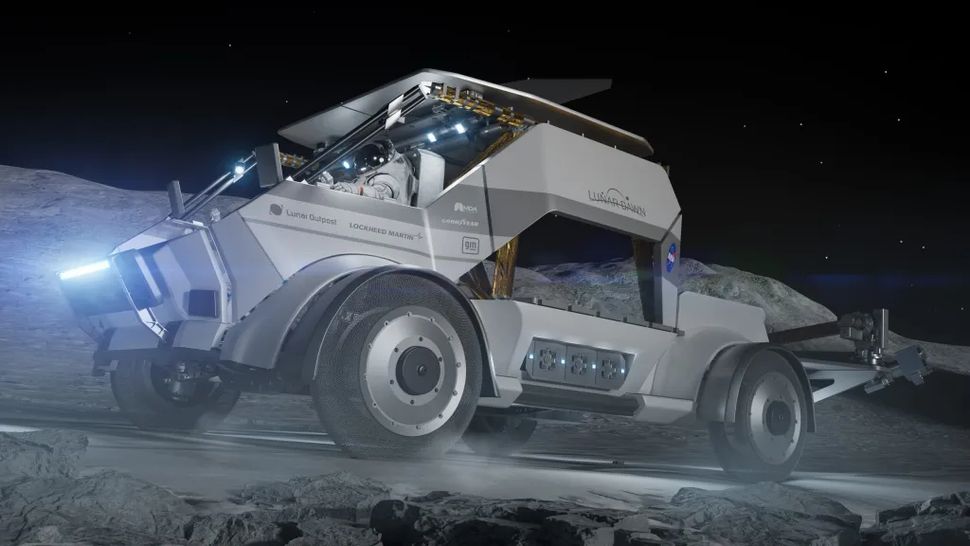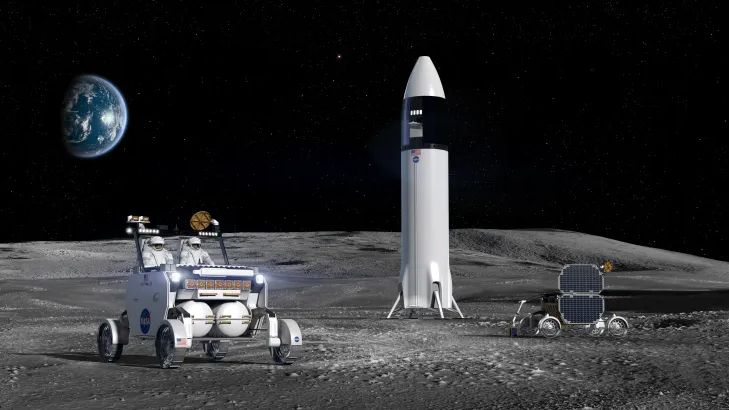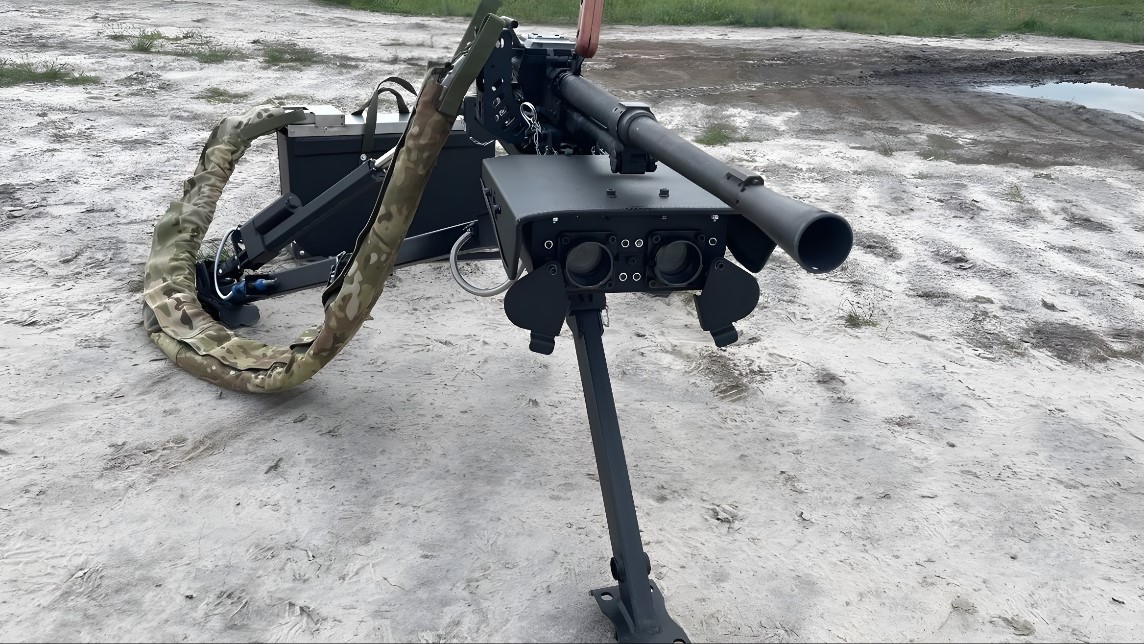NASA Selects 3 Companies for Lunar Terrain Vehicle Development for Artemis Missions

Space News
NASA
NASA has chosen three private teams, led by Intuitive Machines, Lunar Outpost, and Venturi Astrolab, to develop Lunar Terrain Vehicles (LTVs) for the Artemis missions. These rovers will assist astronauts in exploring the moon's southern polar region starting in 2030.
Intuitive Machines Moon Rover

Lunar Outpost Moon Rover

Venturi Astrolab Moon Rover

Vanessa Wyche, director of NASA's Johnson Space Center, expressed excitement about advancing lunar exploration through the development of these vehicles. They will enhance astronauts' ability to conduct science and exploration on the moon's surface.
Over the next year, each team will refine its rover concept under a feasibility task order from NASA. Afterward, they'll compete for a task order to build and demonstrate their vehicle ahead of the Artemis 5 mission in 2030.
NASA will purchase rover services rather than the LTVs themselves, similar to its contracts with SpaceX for cargo and crew delivery to the International Space Station.
The total potential value of the LTV services contract is $4.6 billion. The selected team(s) will be responsible for building and delivering their rovers to the moon's south pole.
The LTV will be the United States' first moon car since the Apollo 15 mission in 1971. Similar to the Apollo rover, it will be unpressurized and accommodate two astronauts. However, it will feature autonomous driving capabilities, a significant upgrade from its predecessor.
The Artemis rover will serve as both a crewed and uncrewed science exploration platform, akin to NASA's Mars rovers, Curiosity and Perseverance.
NASA aims to establish Artemis bases near the moon's south pole, believed to contain significant amounts of water ice.
Artemis 1, the first mission, sent an uncrewed Orion capsule to lunar orbit in late 2022. Artemis 2 is scheduled to launch four astronauts around the moon in September 2025, followed by Artemis 3, which aims to land astronauts near the lunar south pole in 2026.
NASA intends to have an LTV on the moon before the arrival of the Artemis 5 crew in 2030. Any earlier availability would be welcomed.
The development of the LTV began in February 2020 when NASA solicited industry ideas for the next moon rover. After additional input in August 2021, NASA officially requested proposals in May of the following year.
Intuitive Machines, one of the selected companies, achieved a significant milestone in lunar exploration in February by successfully landing its robotic Odysseus lander on the moon under a different NASA contract.


